Home » The Psychology of Point of Purchase Displays
The Psychology of Point of Purchase Displays
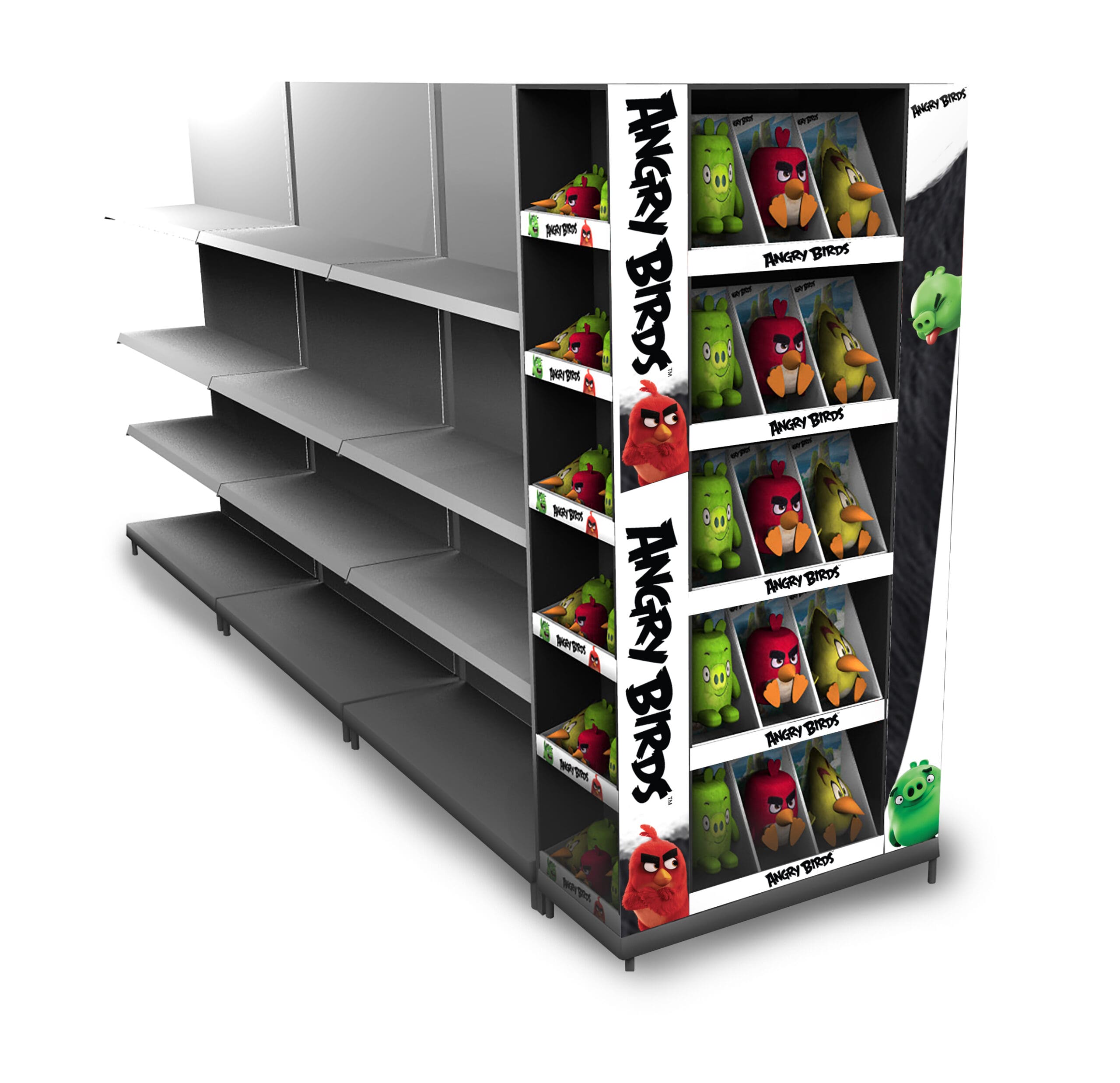
Understanding consumer psychology is paramount to creating effective point of purchase (POP) displays. These strategically placed displays can significantly influence a customer’s decision to make an impromptu purchase.
This article will delve into the fascinating realm of consumer psychology and explore how it drives the efficacy of point of purchase displays.
The Impulse Buying Phenomenon
Impulse buying is a spontaneous, unplanned decision to buy a product made just before checking out. These decisions are driven by emotional triggers rather than logical reasoning, making them a ripe opportunity for retailers. Well-executed POP displays are instrumental in triggering these emotional responses and encouraging impulse buying.
Psychological Principles Behind Effective POP Displays
The Scarcity Principle
Scarcity triggers a sense of urgency and fear of missing out (FOMO) among customers. POP displays that showcase limited-edition products or time-bound offers can effectively exploit this principle, encouraging customers to purchase immediately.
The Principle of Reciprocity
Humans are naturally inclined to return a favor. Offering free samples or demonstrations at POP displays can make customers feel a sense of indebtedness, making them more likely to purchase the product.
The Power of Visual Appeal
Aesthetically pleasing and visually stimulating POP displays can significantly influence purchase decisions. Bright colors, creative designs, and unique product arrangements can catch a customer’s eye and evoke a positive emotional response, increasing the likelihood of an impulse buy.
The Rule of Three
The human brain finds comfort in patterns and particularly favors the number three. Organizing your POP display with product groupings of three, or incorporating the rule of three in your messaging, can make the display more appealing and effective.
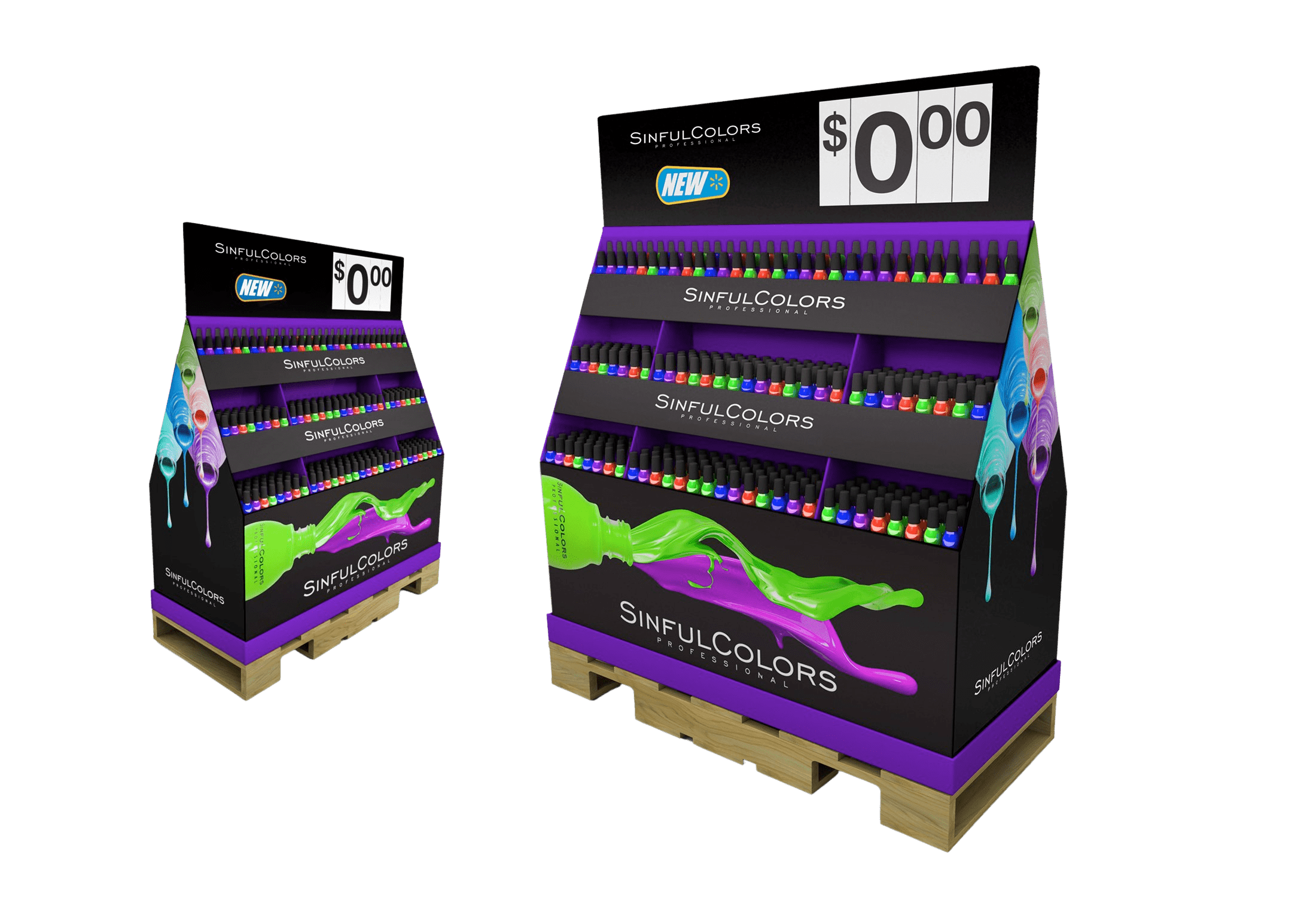
Harnessing Psychology for Enhanced POP Displays
Understanding the psychology behind consumer behavior enables retailers to create more effective POP displays. Here are some strategies that you can adopt:
- Target Emotions: Design your POP displays to evoke positive emotions. This can be achieved through visual elements, strategic product placement, and persuasive messaging.
- Use Social Proof: Incorporating customer testimonials or ratings in your POP displays can boost their credibility, encouraging more purchases.
- Leverage Novelty: The human brain is naturally attracted to new things. Regularly updating your POP displays with new products or designs keeps customers engaged and boosts the chances of impulse buying.
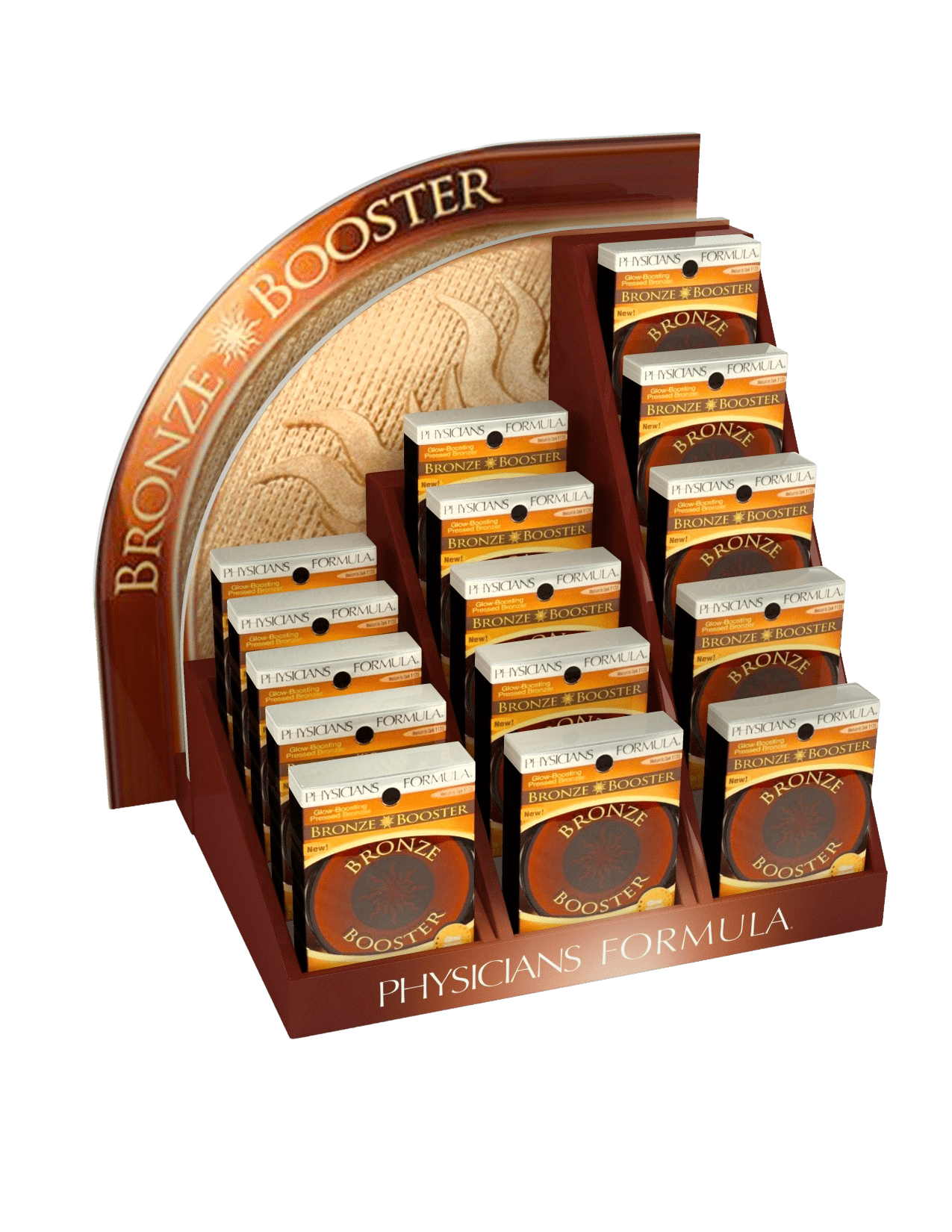
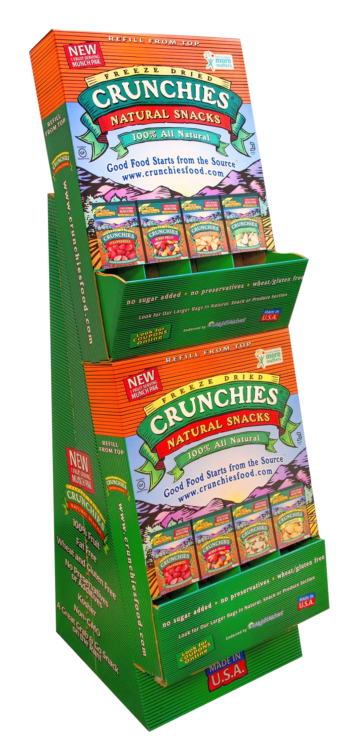
Conclusion: The Science of Selling
In conclusion, the psychology of point of purchase displays is an intricate science that intertwines consumer behavior, marketing strategies, and retail design. By understanding the psychological principles that influence customers’ buying decisions, retailers can design more effective POP displays and significantly boost their sales.
If you’re interested in pop displays, then partner with Brown Packaging today to get started.
Many U.S. businesses currently sourcing packaging from China are facing a harsh reality: tariffs and trade volatility can quickly erode margins and disrupt supply chains.
Rising tariffs and trade restrictions on Chinese manufacturing are accelerating the need for U.S. companies to reevaluate their packaging supply chains. Many packaging buyers who
POP display design must serve two masters — maximizing visual impact in-store while minimizing logistics costs. Engineering the right balance between display footprint, assembly complexity,
Functional features like tear strips, windows, and hang tabs can enhance consumer experience and retail appeal—but they also introduce engineering challenges. Each modification affects structural
Phat Snax is redefining the snack aisle with a mission to make America’s snacks better for you — without killing the flavor. Their products, like
When choosing corrugated packaging, box style directly impacts cost, strength, speed of packing, and customer experience. Two of the most common options are the Regular
Home » The Psychology of Point of Purchase Displays
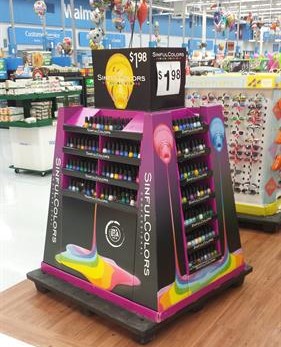
Point-of-purchase (POP) displays play a dual role in retail environments: they must capture attention with graphics while supporting products with reliable structure. If one side

In the fast-paced world of retail, every moment counts when it comes to capturing the attention of customers and driving sales. This is where Point

For retail brands, Point of Purchase (POP) displays are crucial for maximizing product visibility and driving sales. Ensuring that these displays are retail-ready is key


